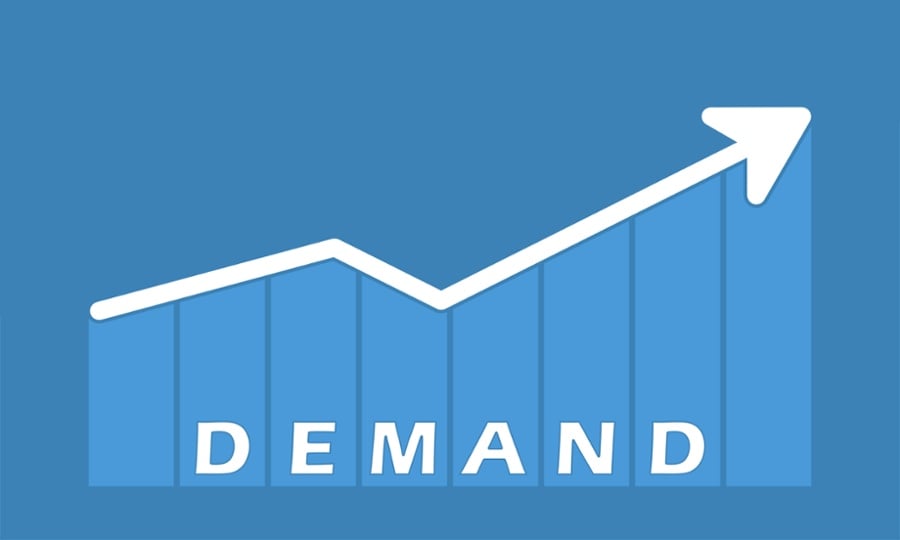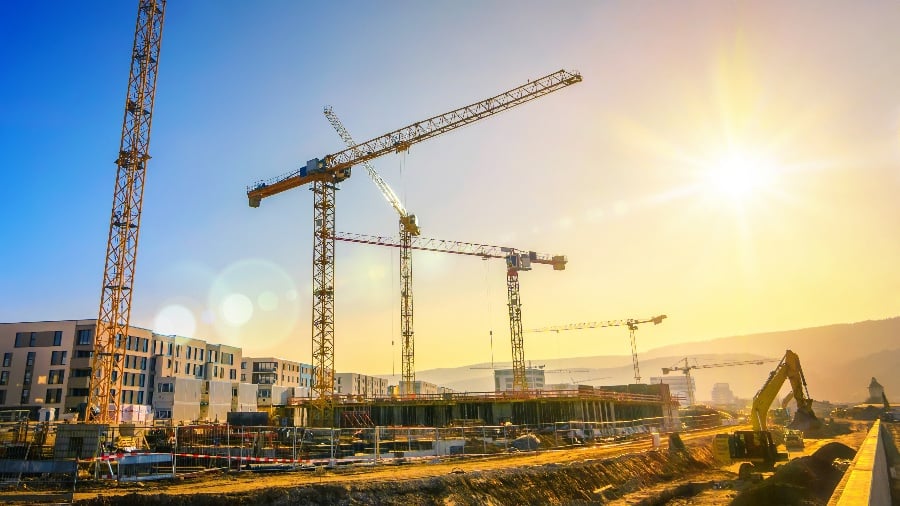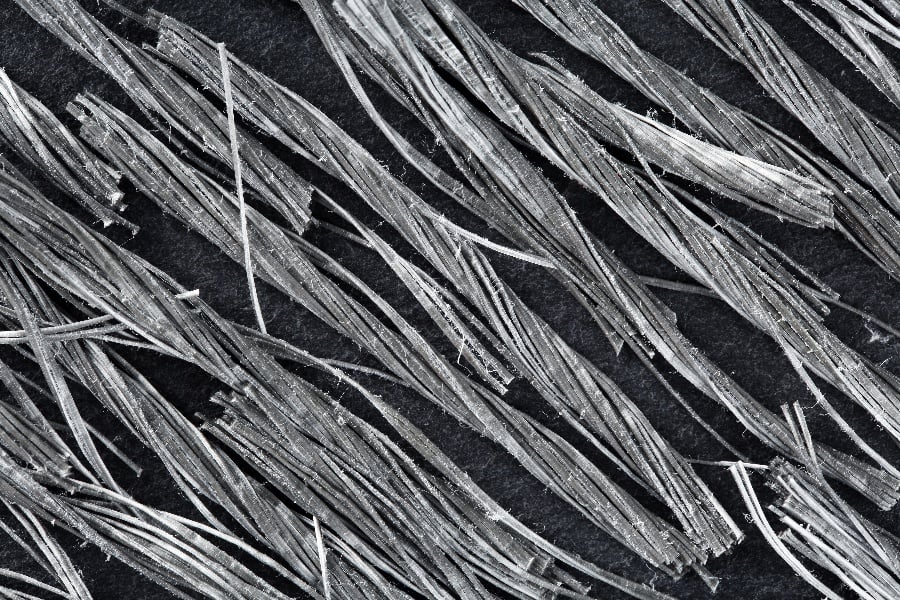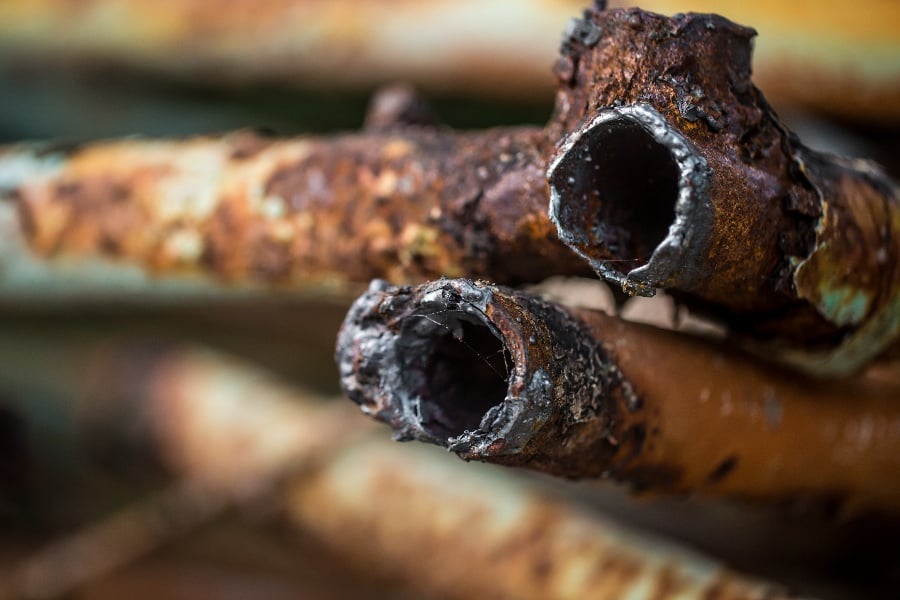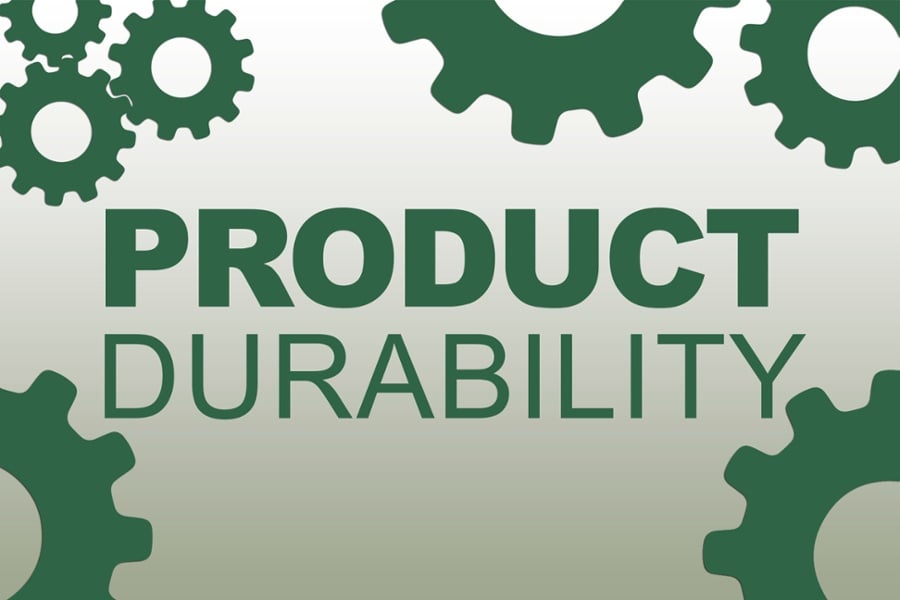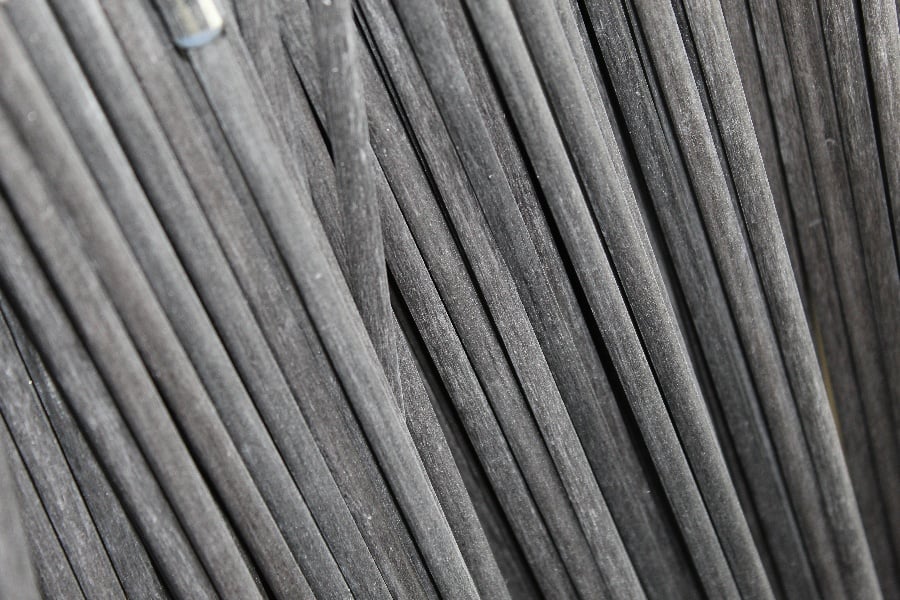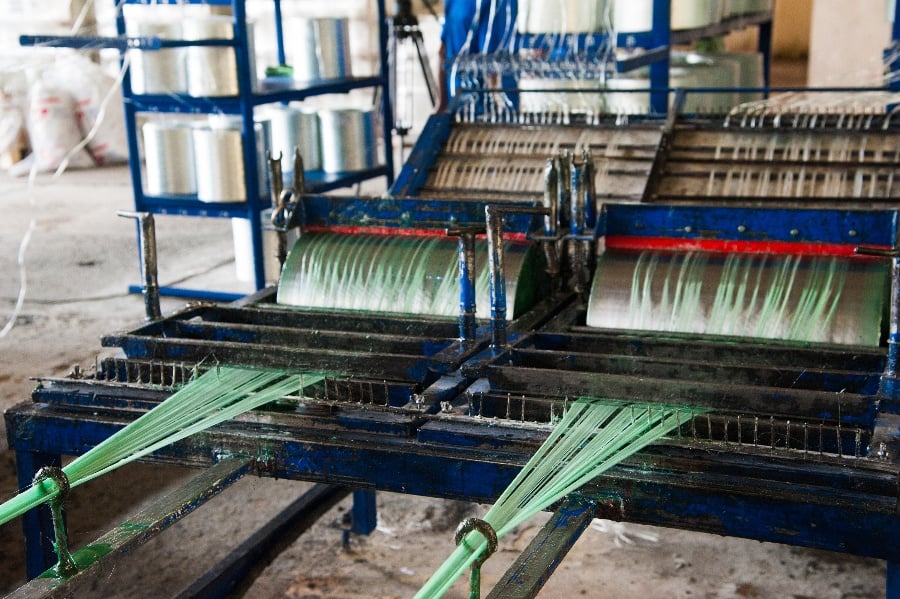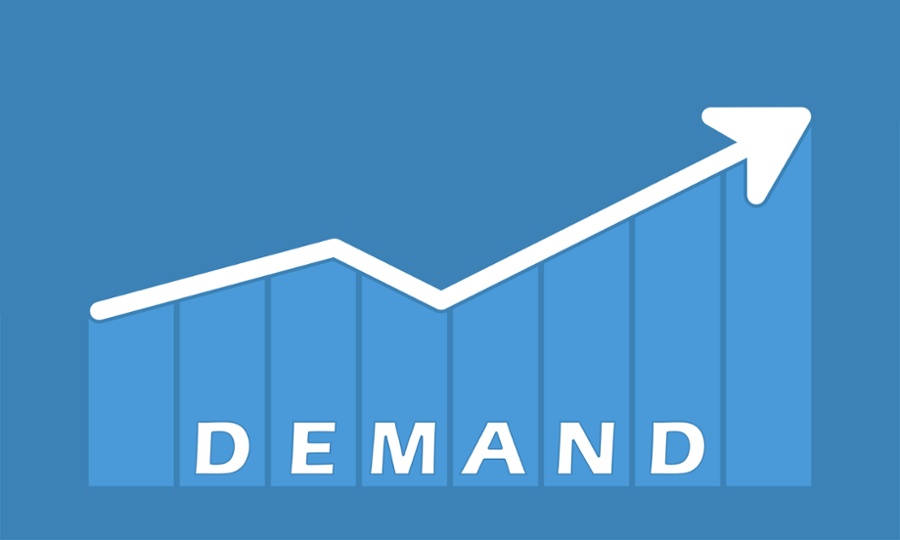
Pultruded products are very versatile, lightweight and extremely durable. They are being used to replace other materials such as wood, steel, aluminum and other materials. Their flexibility puts them in high demand both as new and replacement products.
In the next few years, use of pultruded items is projected to experience high demand, leading to increased revenues within a number of industries.
From 2021 to 2025, market analysts Global Markets Insights estimates that pultruded profiles will see significant growth because of the growing demand for lightweight structural composites. Demand for rebar and gratings will lead to a surge in demand for long-lasting products to withstand corrosive environments. In addition, an uptick in the focus on lowering the total ownership cost of projects coupled with consumer demand for 'green' products continues to be key driving factors for the worldwide market growth.
Let’s take a look at the reasons for its growing popularity.
What Is Pultrusion?
Pultrusion is a manufacturing method that changes fibers and resin into fiber-reinforced polymers, also referred to as FRPs. With a constant cross-section, FRPs are both durable and efficient.
Pultruded profiles are commonly used as supports for outdoor structures and buildings to replace old school materials such as wood, steel or other metals. For example, pultruded poles (and other profiles) stand strong even in harsh weather conditions such as hurricanes, tornadoes and windstorms.
Pultrusion produces profiles that are extremely versatile which makes them suitable for sectors across a variety of industries.
The manufacturing process can be customized to design profiles to fit almost any need currently being filled by wood, steel or aluminum. In addition to being more durable and just as effective compared to traditional materials, pultruded parts are a more sustainable option with a lower total cost of ownership over the lifecycle of the structure. Over the next few years, we can expect that more industries will start replacing wood, aluminum and steel with pultruded profiles.
A Pultrusion Market Report published by Lucintel backs up the assertion above. By 2024, Lucintel predicts that the market will reach an estimated $3.4 billion because of the “increasing demand for lightweight, corrosion-resistant, and durable products for various end-use industries.”
The following are four sectors expected to enjoy fast-growing demand:
1. Building
Pultruded glass profiles provide considerable benefits to the building sector. Research shows that pultruded materials such as glass fiber reinforced polymers can maintain its properties after 15 years of service, offering new levels of durability and long-term performance that other materials (like wood and steel) cannot provide.
The pultrusion process creates lightweight, durable profiles that can be used to build safe and sound structures. It also provides a lower total cost of ownership option for homes and buildings as these are more sustainable over the life span of the structure.
Fiberglass FRPs are versatile and flexible and can be designed to be aesthetically pleasing and produced in different shapes and sizes. These can be fabricated into a vast array of shapes and profiles including tubes, rods, poles and customized shapes. Moreover, compared to wood, steel or aluminum, this shaping can be done during the pultrusion process. This versatility means FRP is often an ideal choice for highly customized or intricate components.
Using custom dies, Tencom can configure different profile shapes according to your requirements. As a pultrusion manufacturer, we can work with you to build components with specifications that fit your design concept.
2. Civil Engineering
Civil engineers are increasingly opting to use pultruded fiberglass and we can only expect to see it become a staple in the industry.
When working on projects that rely on material efficiency and careful calculation such as bridges and railways, civil engineers need to trust that the materials they’re using will not cause additional drag and weight. In addition, the pultrusion process creates long-lasting steel replacements that won’t corrode over time.
Pultruded fiberglass is lightweight ─ at about 30% lighter than aluminum and 70% lighter than steel. FRP profiles are ideally suited for use in construction projects that are meant to last for years. These work out to be more cost-efficient in the long run. They are also easier to handle and transport than other metals, reducing freight costs and creating the potential to reduce lead times.
In all, they require less maintenance over the years. For these reasons, civil engineers are choosing to use pultruded fiberglass when designing bridges, guardrails, pipelines, and more.
3. Electric Power
Hotline sticks have proven to be a valuable addition to the electric power industry. These high voltage pultruded fiberglass poles are non-conductive, ensuring the safety of both the power lines and the electricians working on them. In addition to being safe, they are able to withstand 1,000 kV per foot.
4. Auto
When it comes to the products and parts used to make cars, those in the auto industry are always looking for more cost-effective solutions and lightweight materials. Pultruded products such as bumpers, roof beams, and more are increasingly being used to replace traditional materials (such as steel) in vehicles. Pultruded materials are incredibly durable and strong enough to ensure that they can be used safely.
When compared to other materials, pultruded parts are much lighter.
The Takeaway
In the course of the next five years, we can expect to see a significant demand for pultruded profiles. Industries that make the switch will experience lower costs by saving money over the lifecycle of the end products as little to no maintenance is required.
Pultruded fiberglass profiles meet all of the demanding specifications and requirements for building, civil engineering, electric power and auto sectors. These provide superior dimensional stability across short and long lengths, tight parameters for precision and tolerance, ease of installation, low-cost transport, and even lower maintenance.
If you are considering pultrusion for your next project, get in touch with our experts here at Tencom. We would be happy to provide you with a quote and answer any other questions you may have about our process and products. Contact Tencom today.

